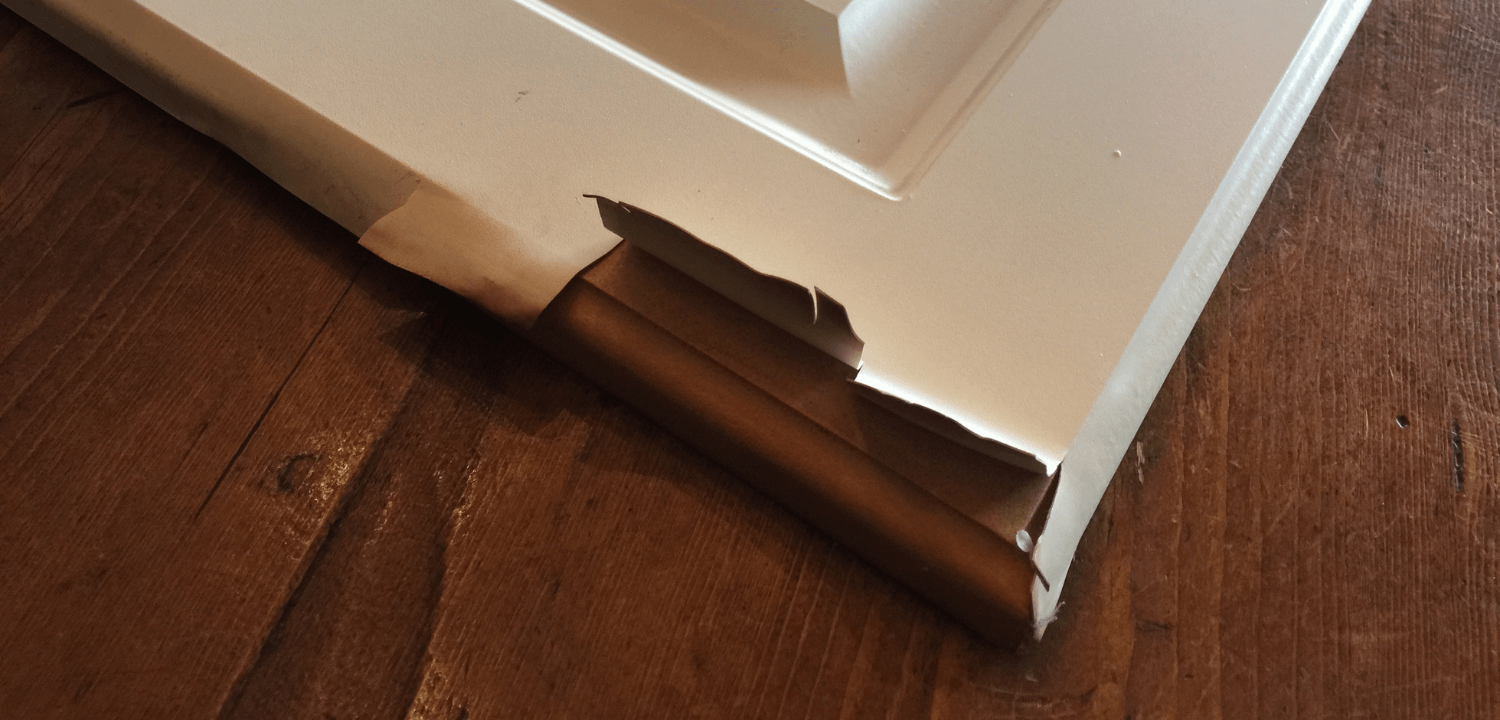Finding and Selecting Replacement Doors

Embarking on a kitchen cabinet door replacement project? Think of it as a culinary makeover for your cooking space – a chance to ditch the dated and embrace the dazzling! But before you start visualizing your new, gleaming cabinets, there’s the crucial step of finding the perfect replacements. Let’s dive into the delicious details.
Measuring Thermofoil Cabinet Doors, Thermofoil cabinet door replacement
Accurate measurements are the cornerstone of a successful replacement. Armed with a tape measure (preferably a metal one for accuracy), a pencil, and a notepad, you’ll become a cabinet-measuring maestro. First, carefully measure the height and width of each door, noting any inconsistencies. Pay close attention to the thickness as well, as this impacts the type of hinges you’ll need. Don’t forget to measure the depth – this is often overlooked, but crucial for a perfect fit! For added precision, consider using a square to ensure your measurements are perfectly perpendicular. Record your measurements meticulously; a small error here can lead to a big headache later. Remember to measure multiple doors of the same size to account for any slight variations in manufacturing.
Thermofoil Cabinet Door Materials: PVC vs. MDF
The choice between Polyvinyl Chloride (PVC) and Medium-Density Fiberboard (MDF) is a pivotal decision. PVC, a stalwart in the thermofoil world, boasts impressive durability and water resistance. It’s the workhorse, standing up to spills and everyday wear and tear like a champion. However, it can be a bit less forgiving during installation – a dropped PVC door might end up with a less-than-perfect finish. MDF, on the other hand, is a more budget-friendly option, easily accepting the thermofoil wrap. It’s lighter and easier to work with, but it’s less water-resistant and can be more prone to damage from moisture. The ultimate choice hinges on your budget, desired level of durability, and comfort level with DIY projects.
Ordering Custom Thermofoil Cabinet Doors Online
Ordering online opens up a world of possibilities. Websites specializing in custom cabinetry offer a wealth of styles, colors, and finishes. Before you click “Add to Cart,” meticulously review your measurements, and double-check them again. Include the number of doors needed for each size. Specify the desired material (PVC or MDF) and thermofoil finish (color and texture). Don’t hesitate to upload photos of your existing doors for reference. Check the retailer’s return policy, just in case those measurements were a tad off (it happens!). Many online retailers offer a visualizer tool to help you see how your new doors will look in your kitchen. Use this feature! Finally, confirm the shipping time and cost.
Online Retailer Price Comparison
| Retailer | Price | Material | Shipping Time |
|---|---|---|---|
| CabinetHeaven.com | $75 | MDF | 7-10 business days |
| DoorDepot.net | $85 | PVC | 5-7 business days |
| CabinetKingdom.org | $90 | PVC | 3-5 business days |
Troubleshooting Common Problems: Thermofoil Cabinet Door Replacement

So, you’ve bravely tackled the world of thermofoil cabinet door replacement, armed with measuring tape and a healthy dose of optimism. But what happens when your perfectly planned project takes an unexpected detour into the land of wobbly doors and chipped finishes? Fear not, intrepid renovator! This section will equip you with the knowledge to conquer those pesky problems and emerge victorious.
Thermofoil cabinet door replacement, while rewarding, can present a few common challenges. Understanding these issues and their solutions is key to a smooth and stress-free renovation. We’ll cover everything from misaligned doors to those dreaded cracks in the thermofoil surface, offering practical solutions along the way.
Misaligned Doors
Misaligned doors are a common frustration. This often stems from incorrect installation, uneven cabinet frames, or using the wrong type of hinges. Careful measurement and precise hinge placement are crucial. If the problem persists after double-checking your work, you might need to adjust the cabinet frame itself for perfect alignment. This may involve shimming uneven areas to create a level surface for the doors to hang on. Remember, patience is key! A little tweaking can make a huge difference.
Damaged Thermofoil Finishes
A chipped or cracked thermofoil surface can be incredibly disheartening. Several factors can contribute to this, including accidental impacts during installation or simply the wear and tear of everyday use. Fortunately, repairs are possible. Small chips can often be concealed with a touch-up pen containing a matching color. For larger cracks, a more involved repair might be necessary, potentially involving filling the crack with a suitable filler, sanding it smooth, and then applying a matching paint to blend it seamlessly. Remember to choose a high-quality, durable filler specifically designed for thermofoil surfaces.
Repairing Chipped or Cracked Thermofoil
Repairing chipped or cracked thermofoil surfaces requires a careful approach. Two primary methods exist: touch-up paint and professional repair. Touch-up paint is ideal for small, superficial chips. It involves carefully applying a matching paint to the affected area, blending it smoothly to minimize visibility. For more extensive damage, professional repair may be necessary. This often involves carefully removing the damaged section of thermofoil and replacing it with a new piece, requiring specific tools and expertise. The professional approach, while more costly, guarantees a seamless and long-lasting repair. The choice between these methods depends on the extent of the damage and your DIY comfort level.
